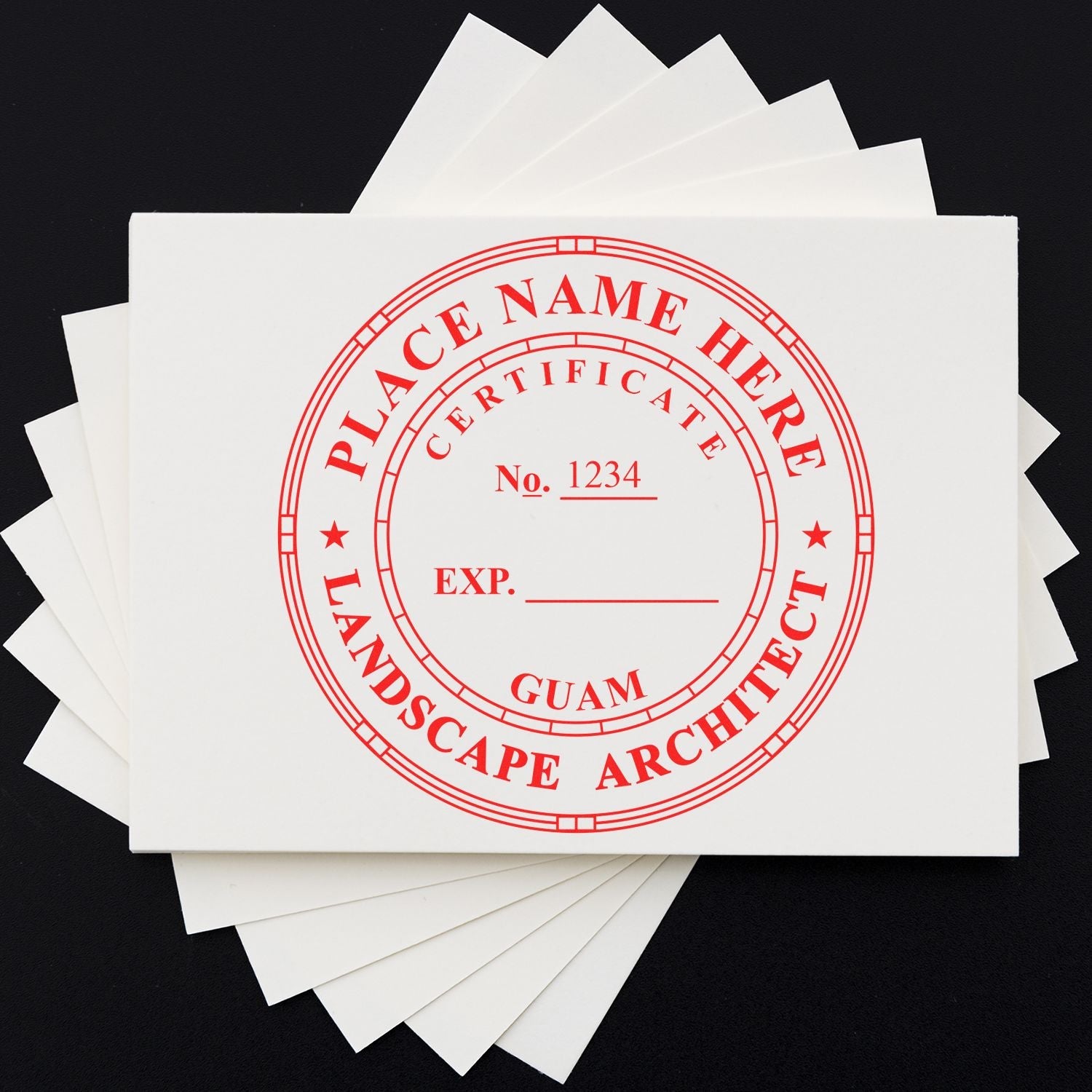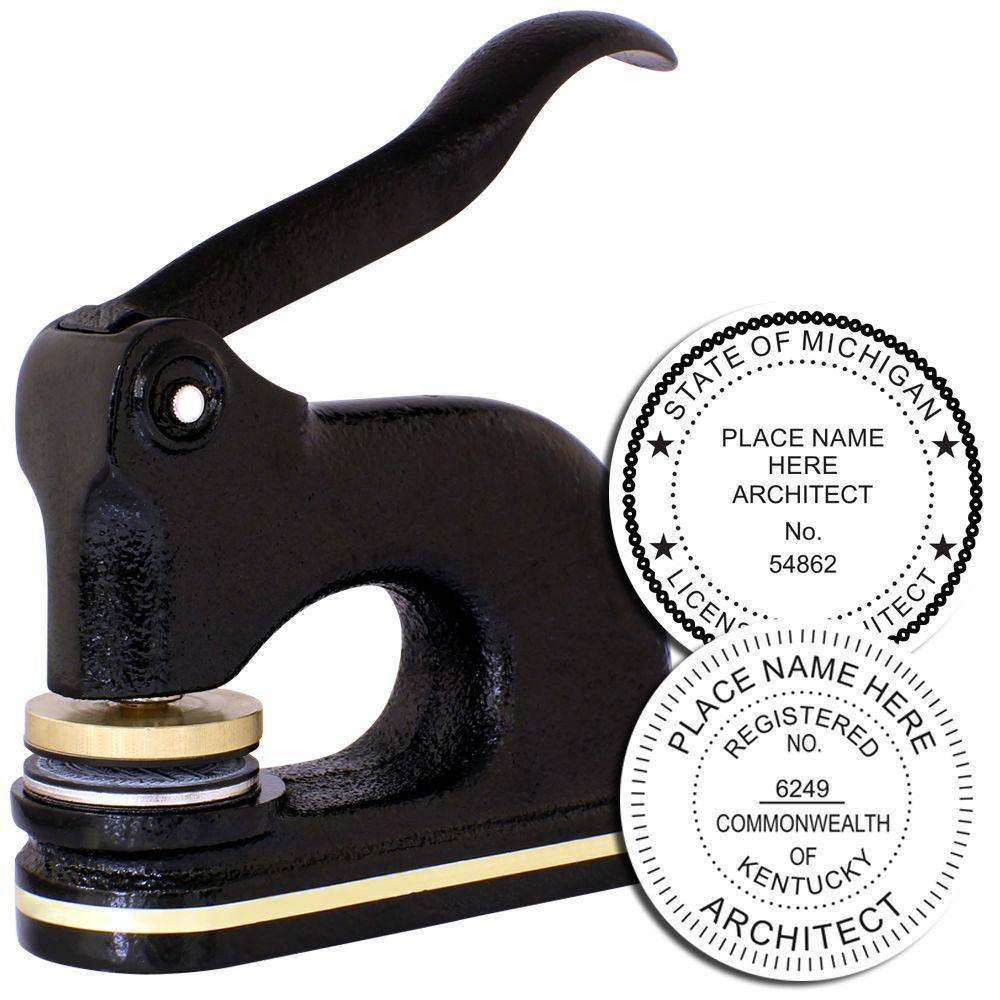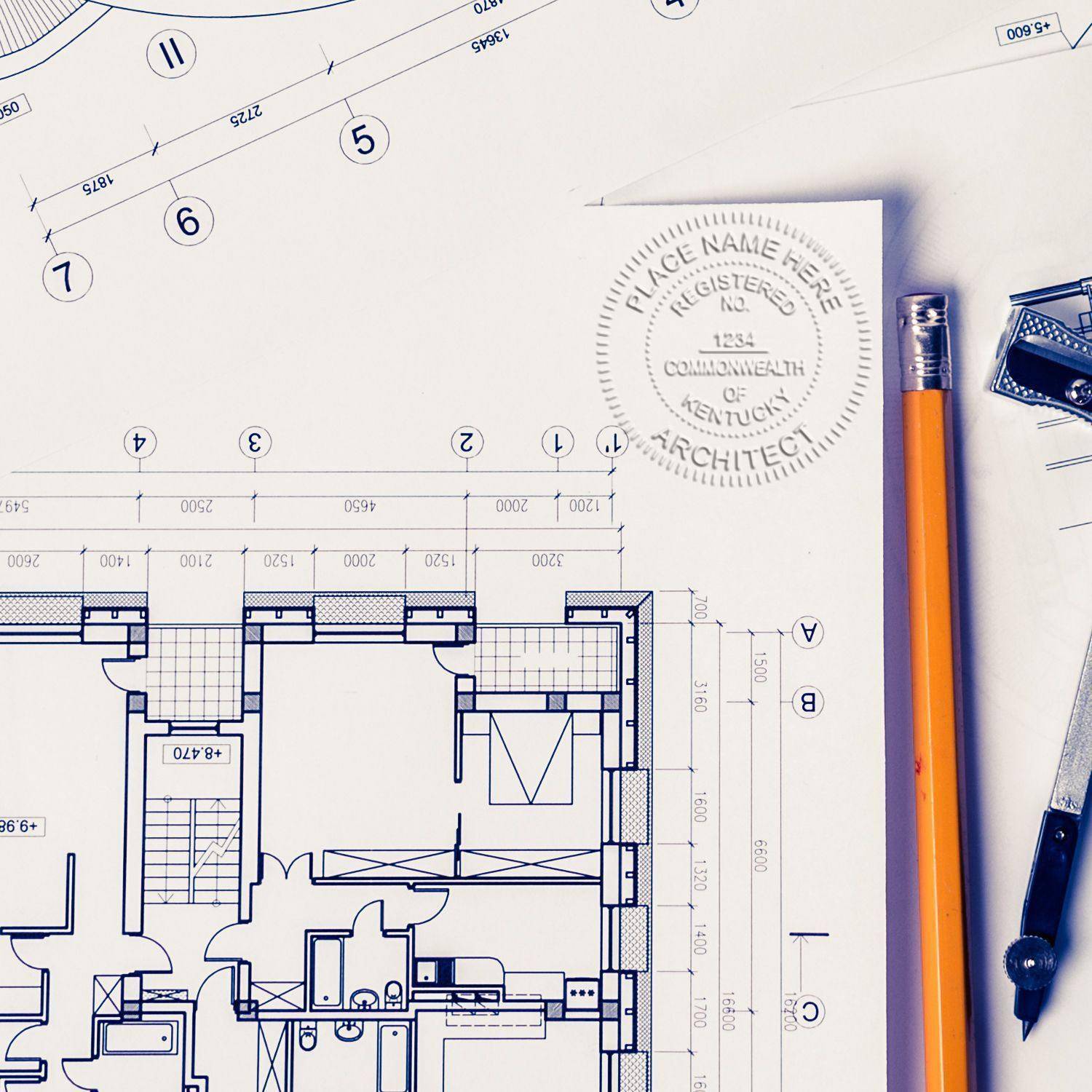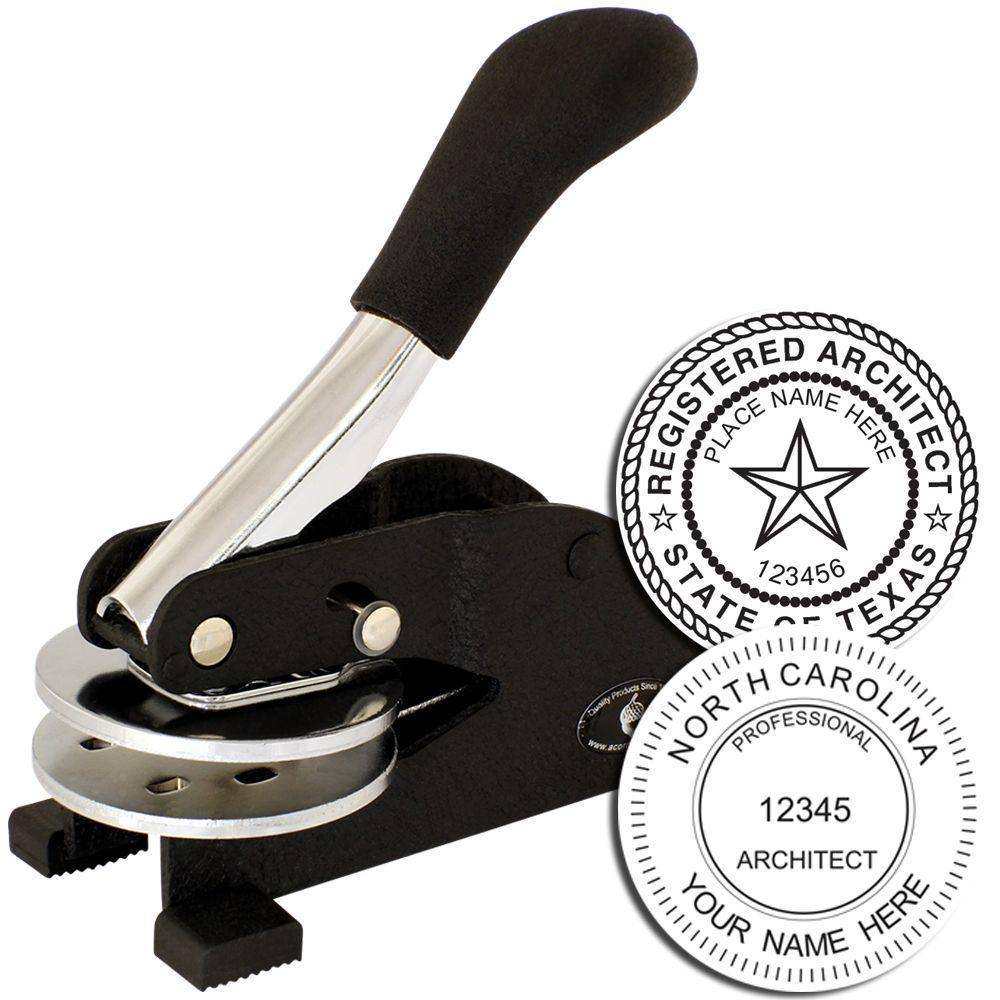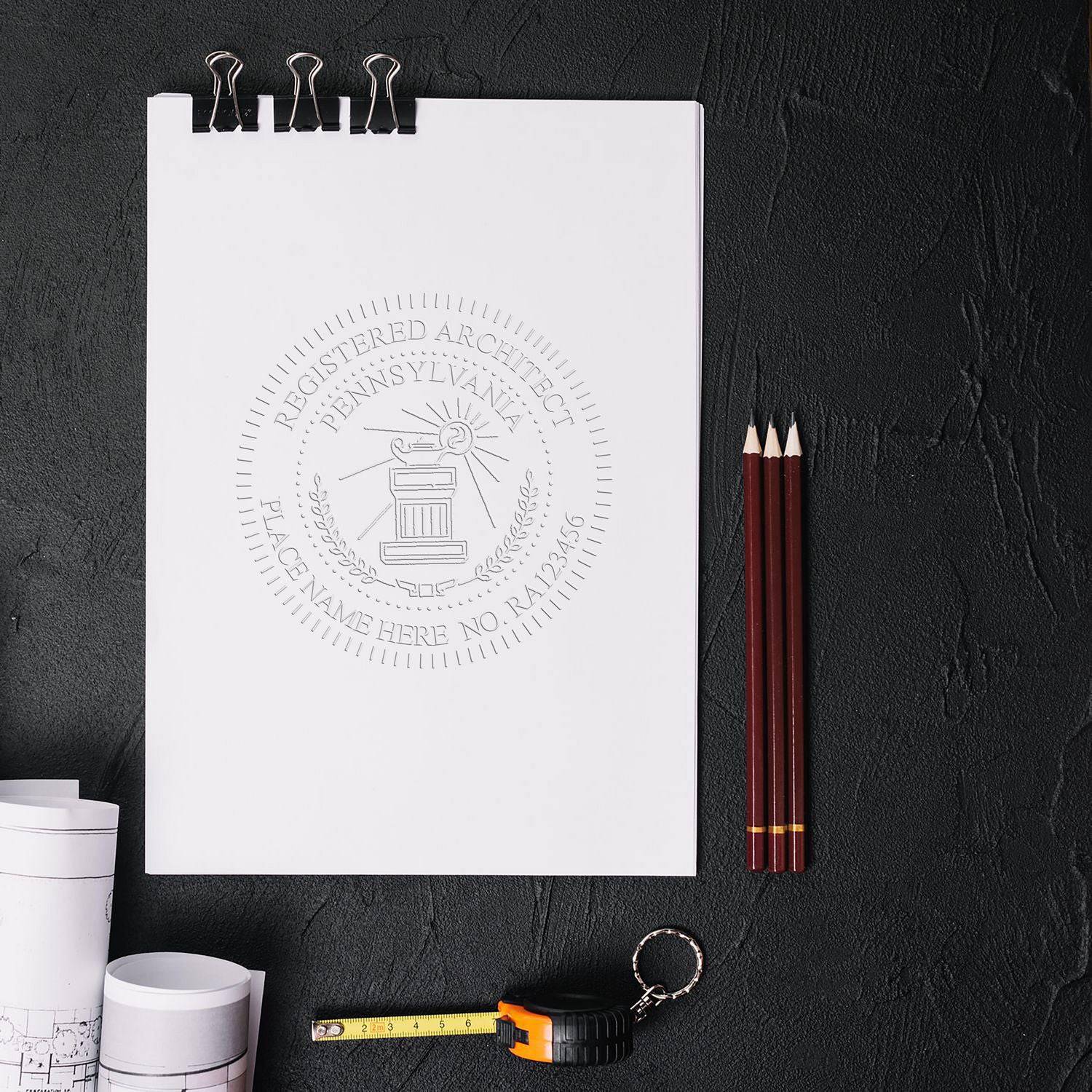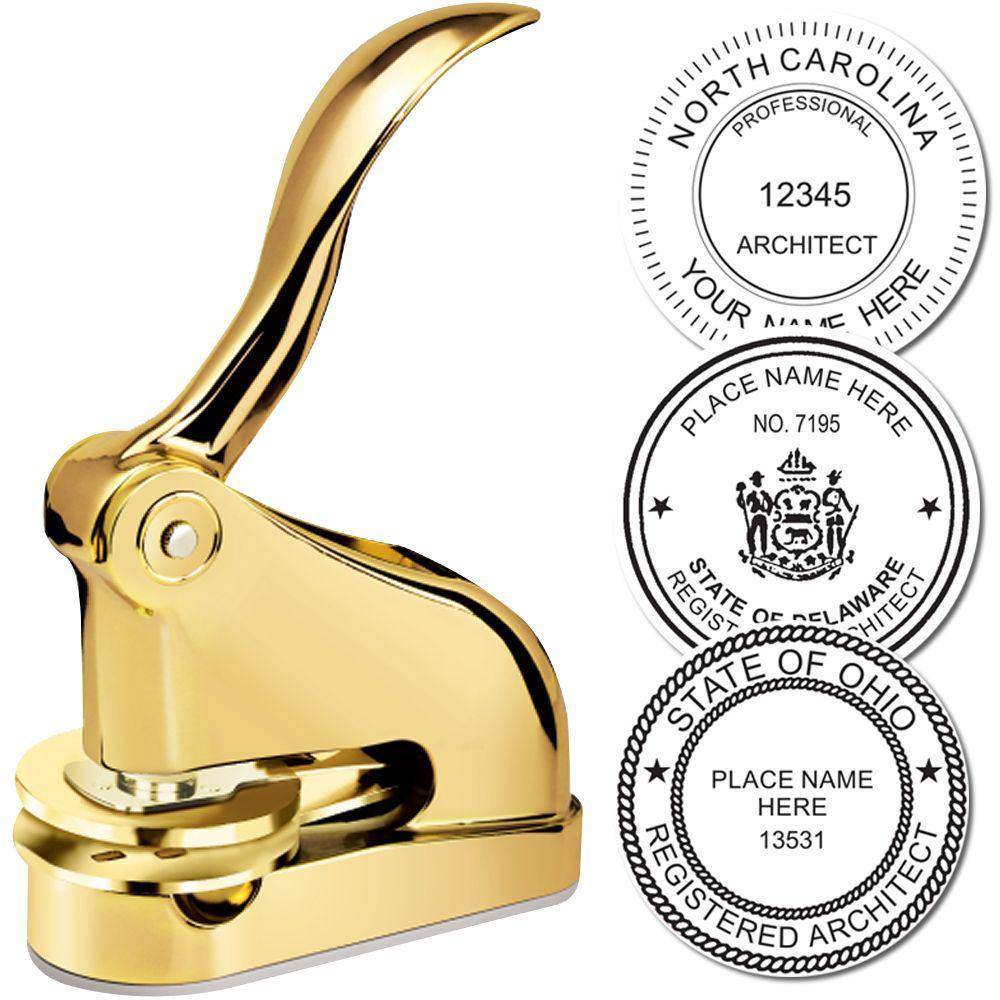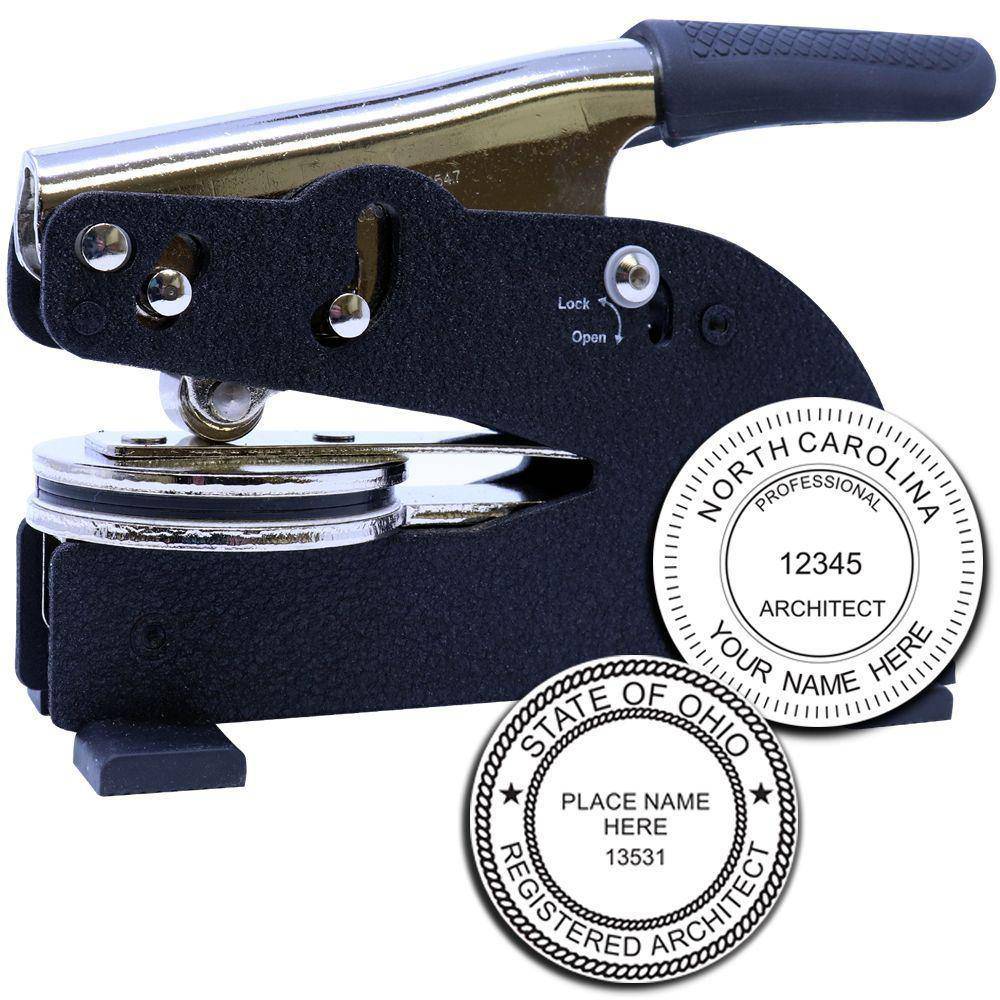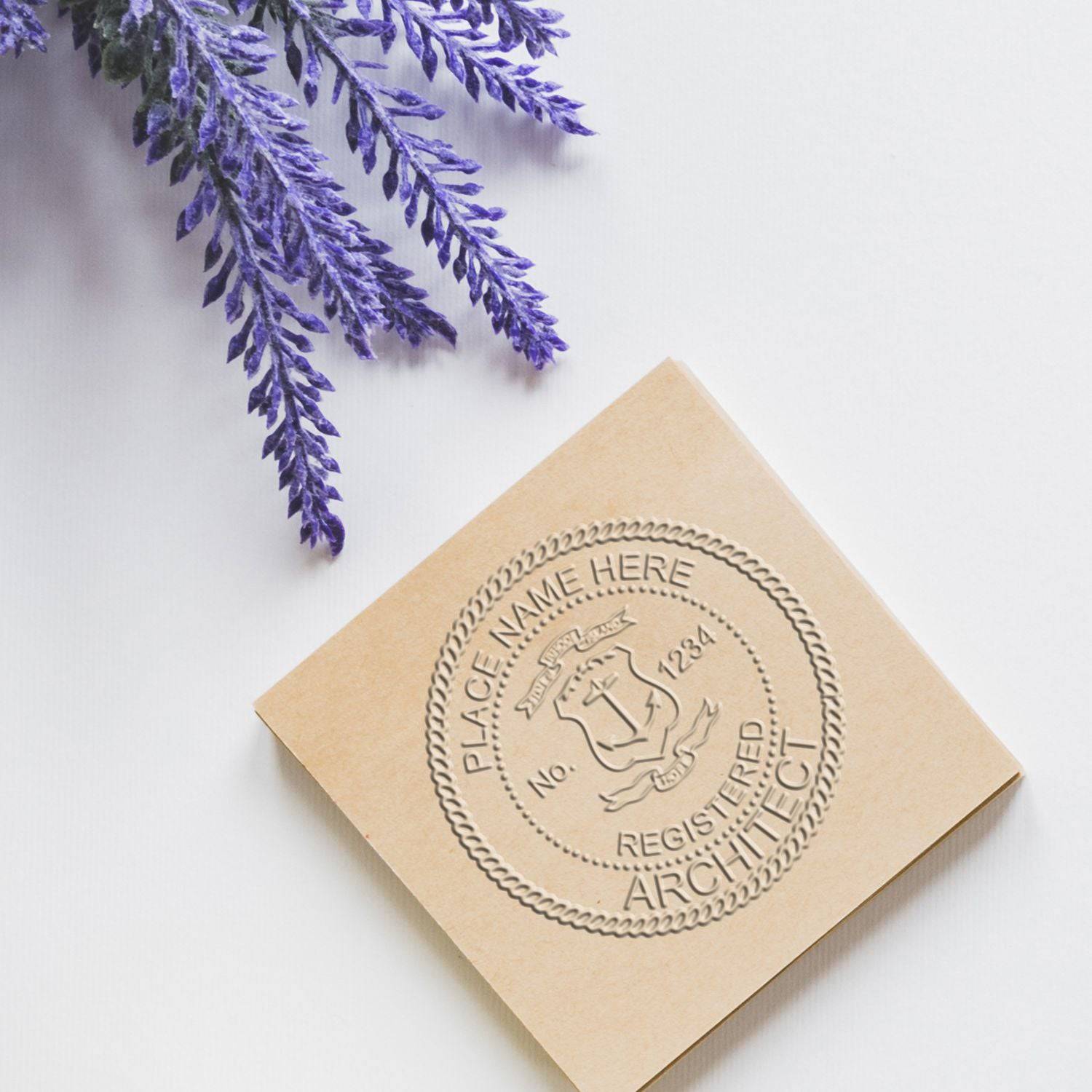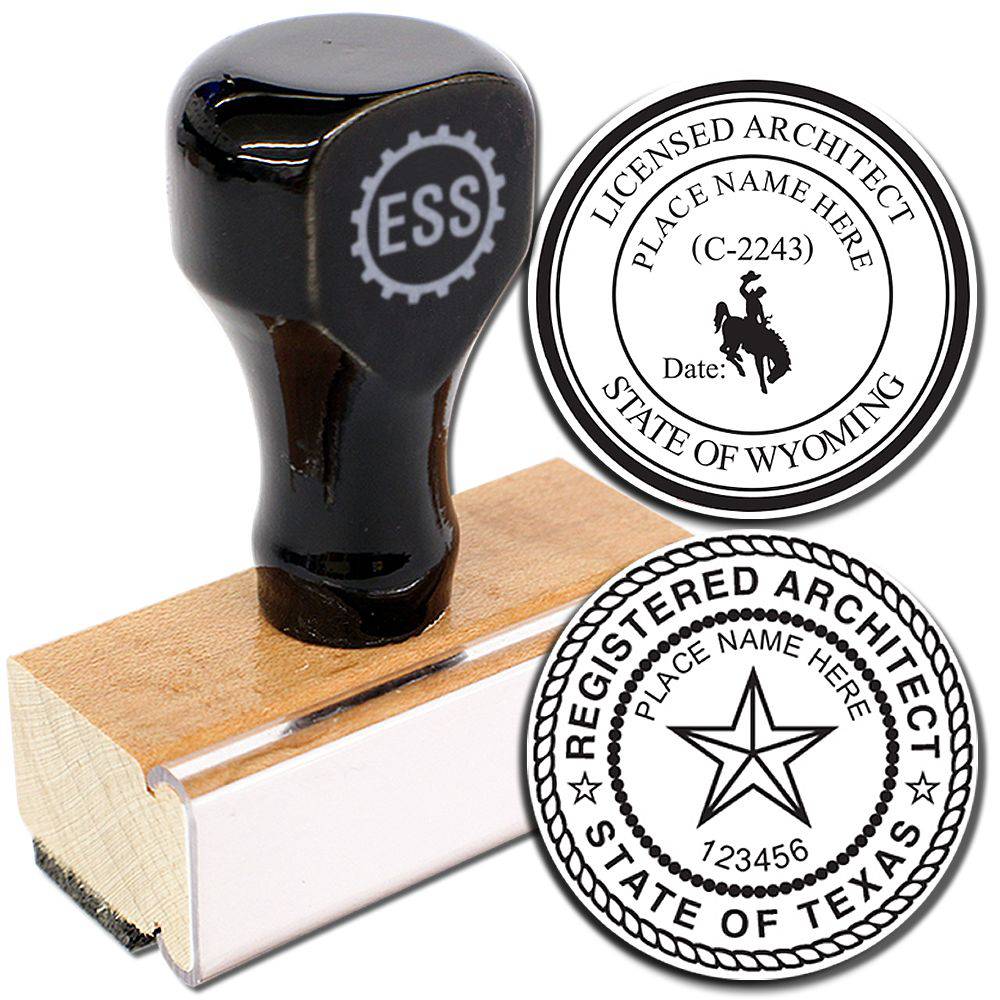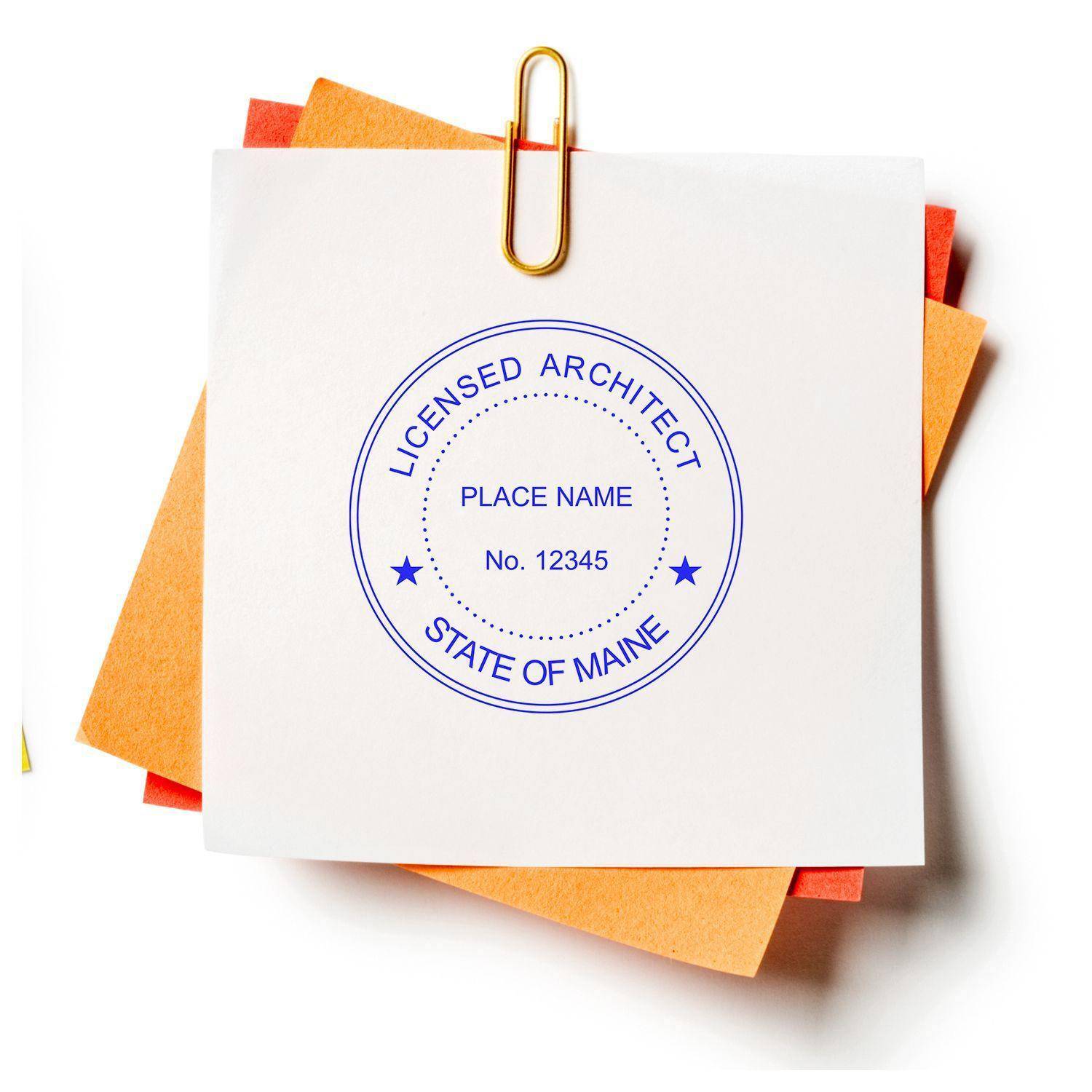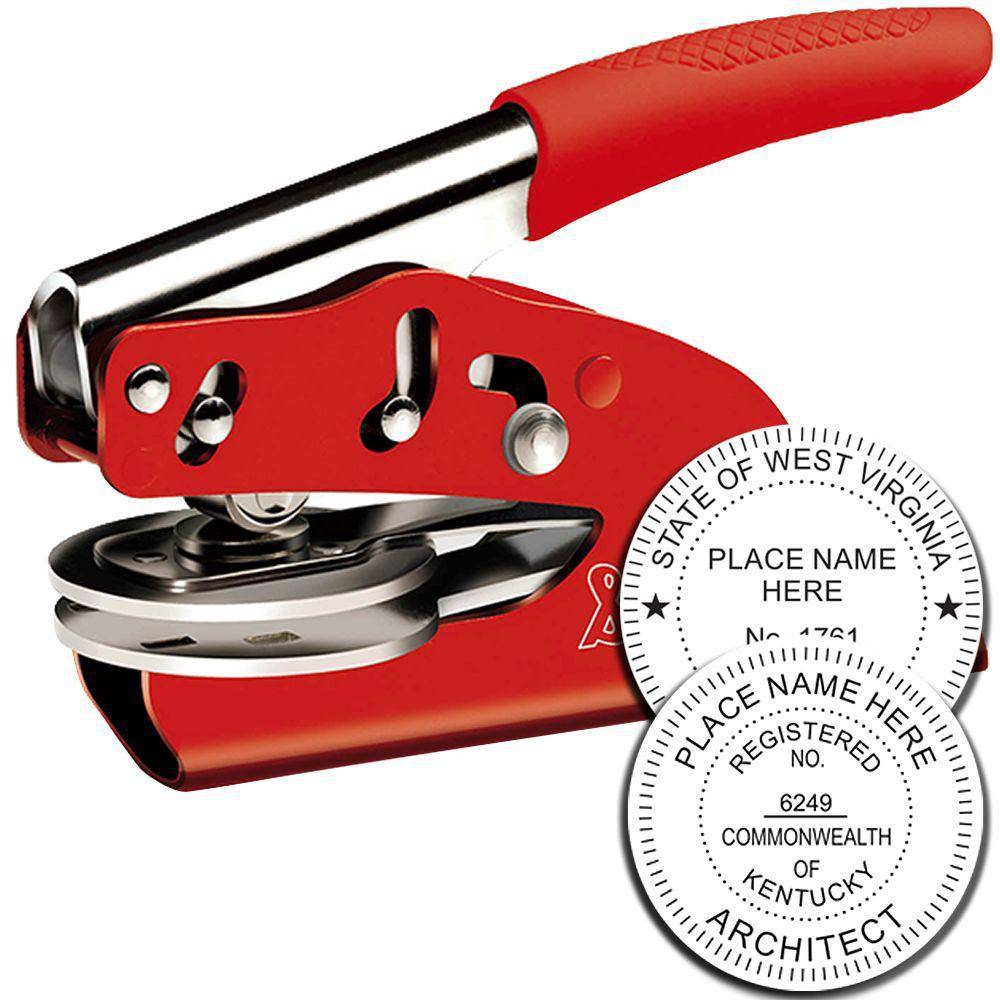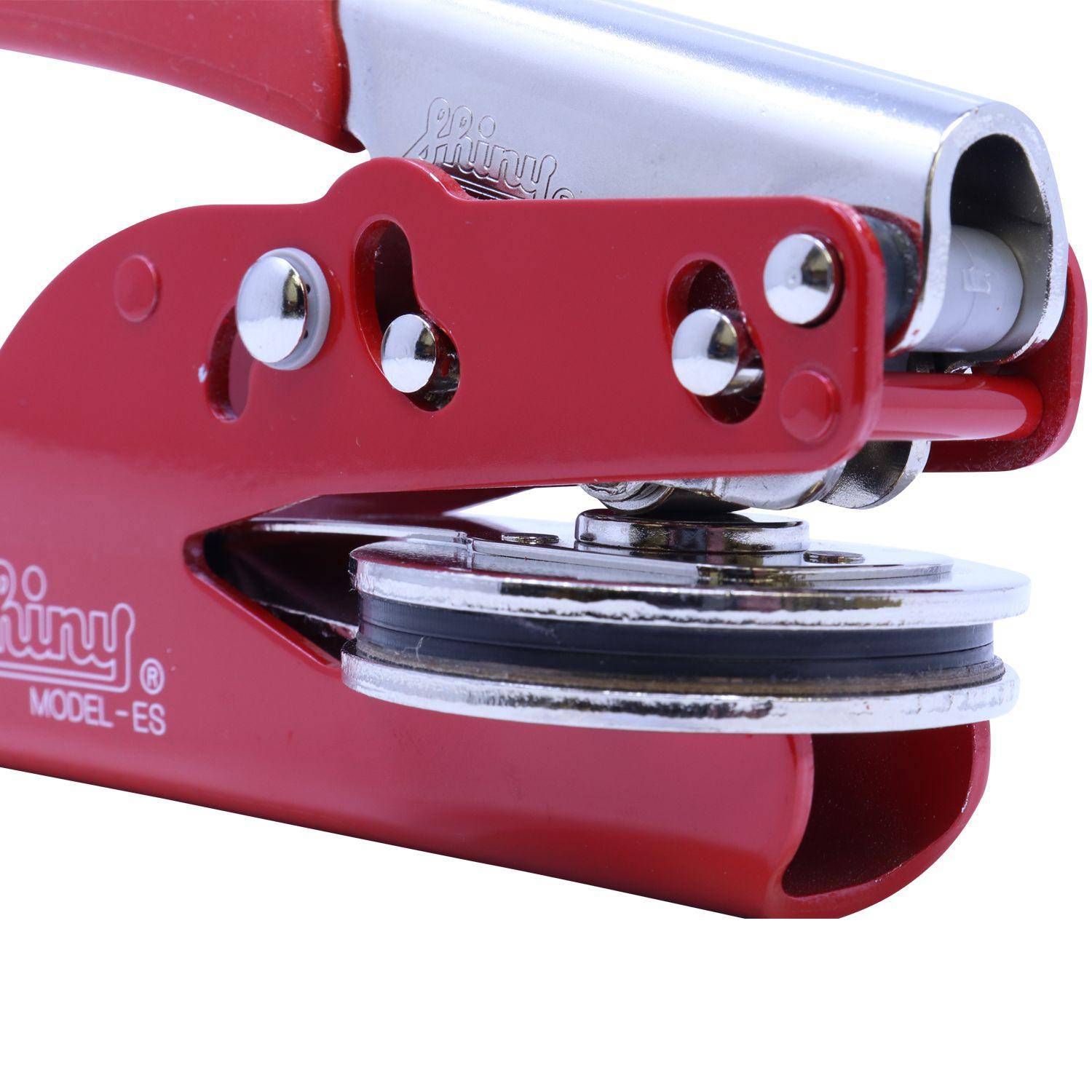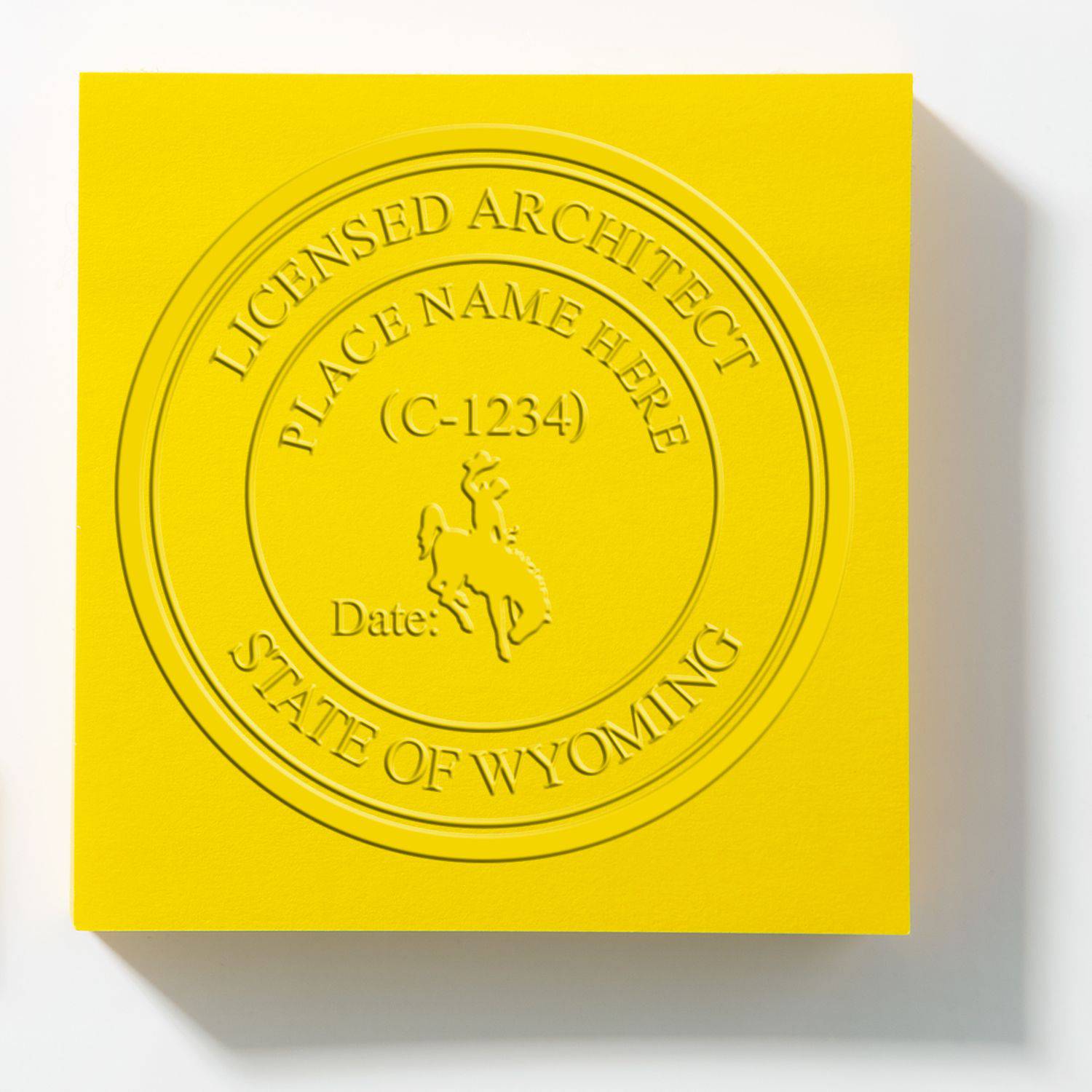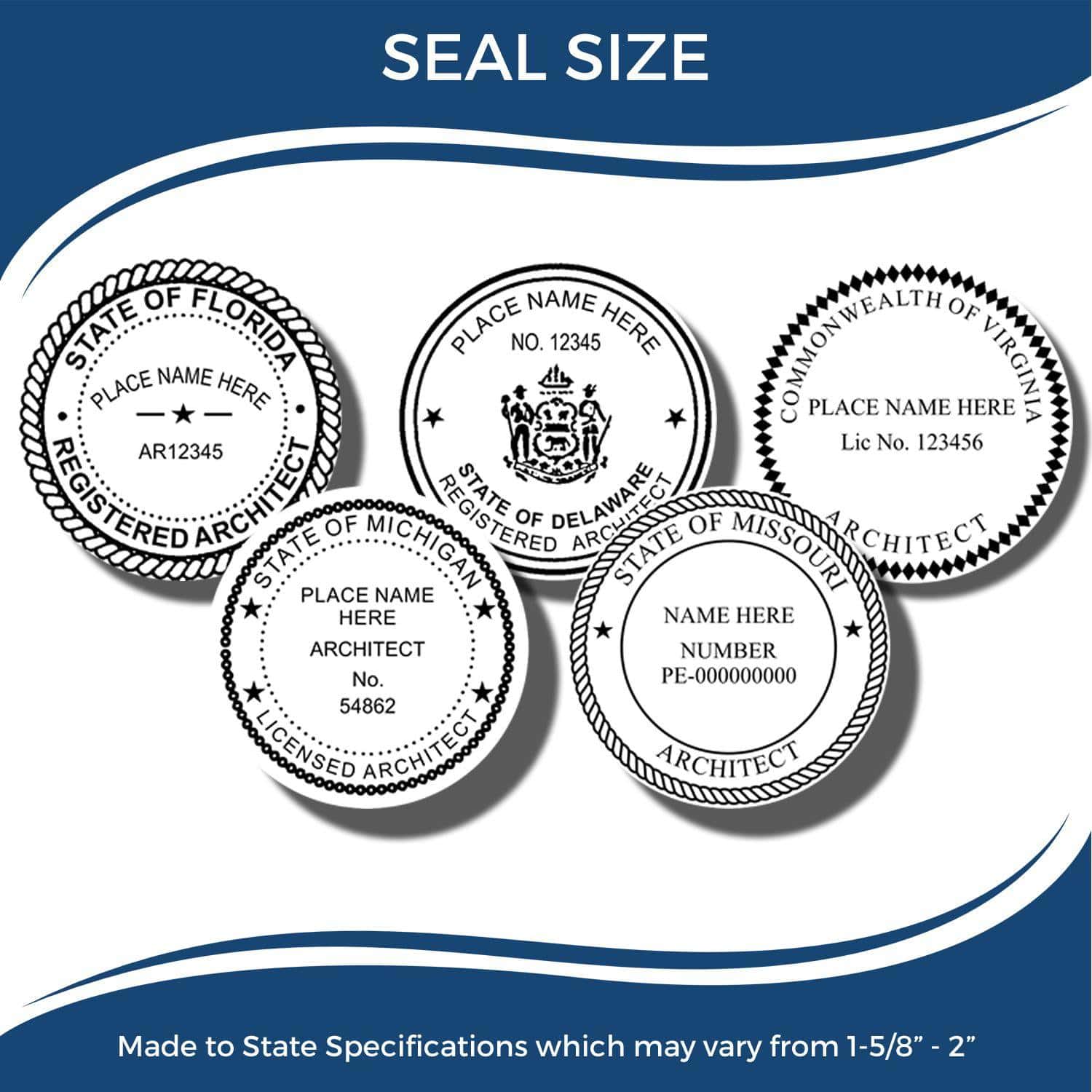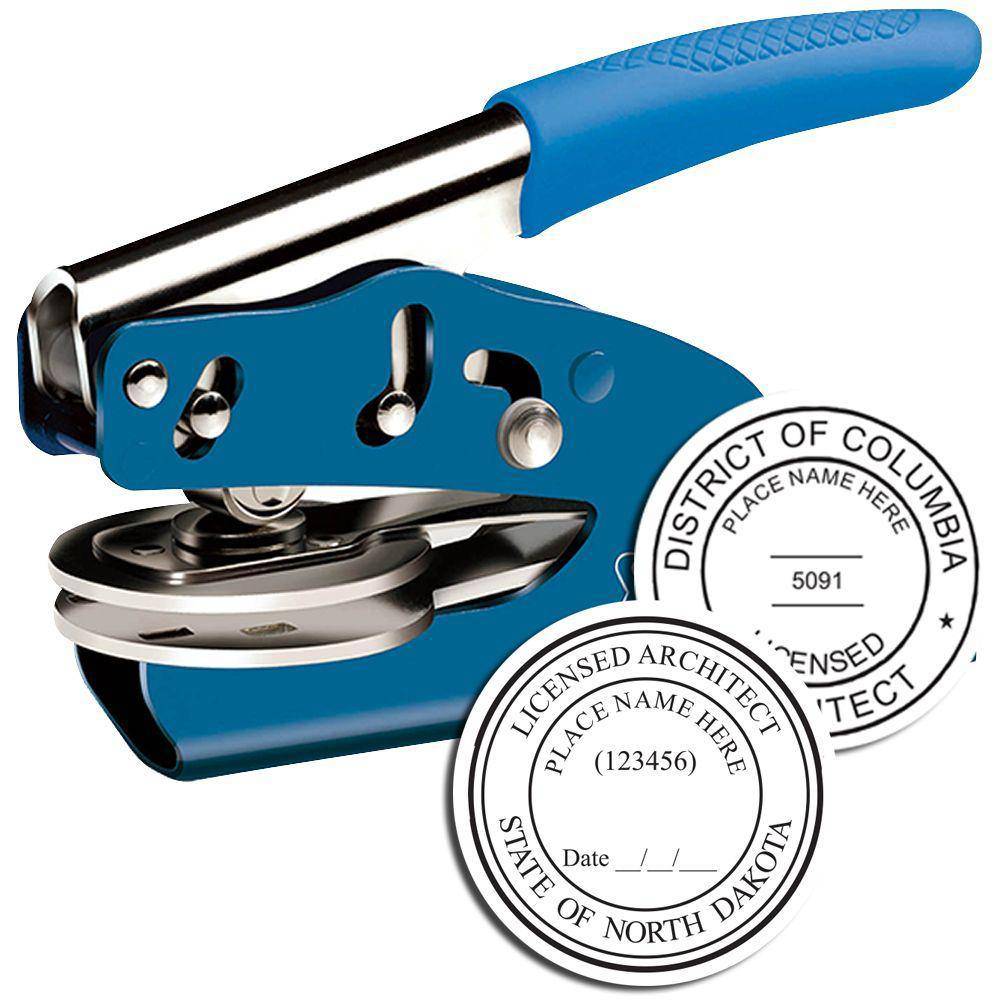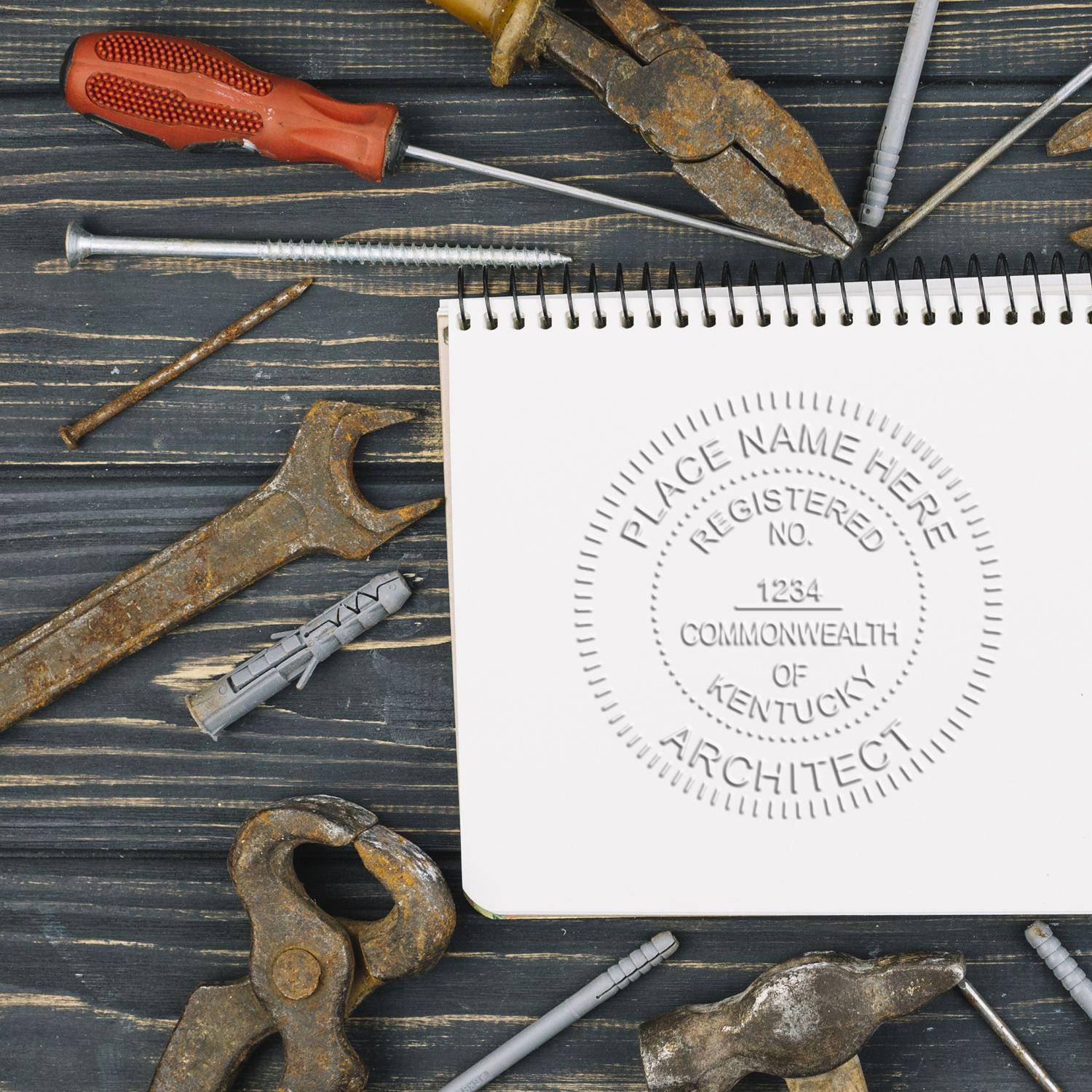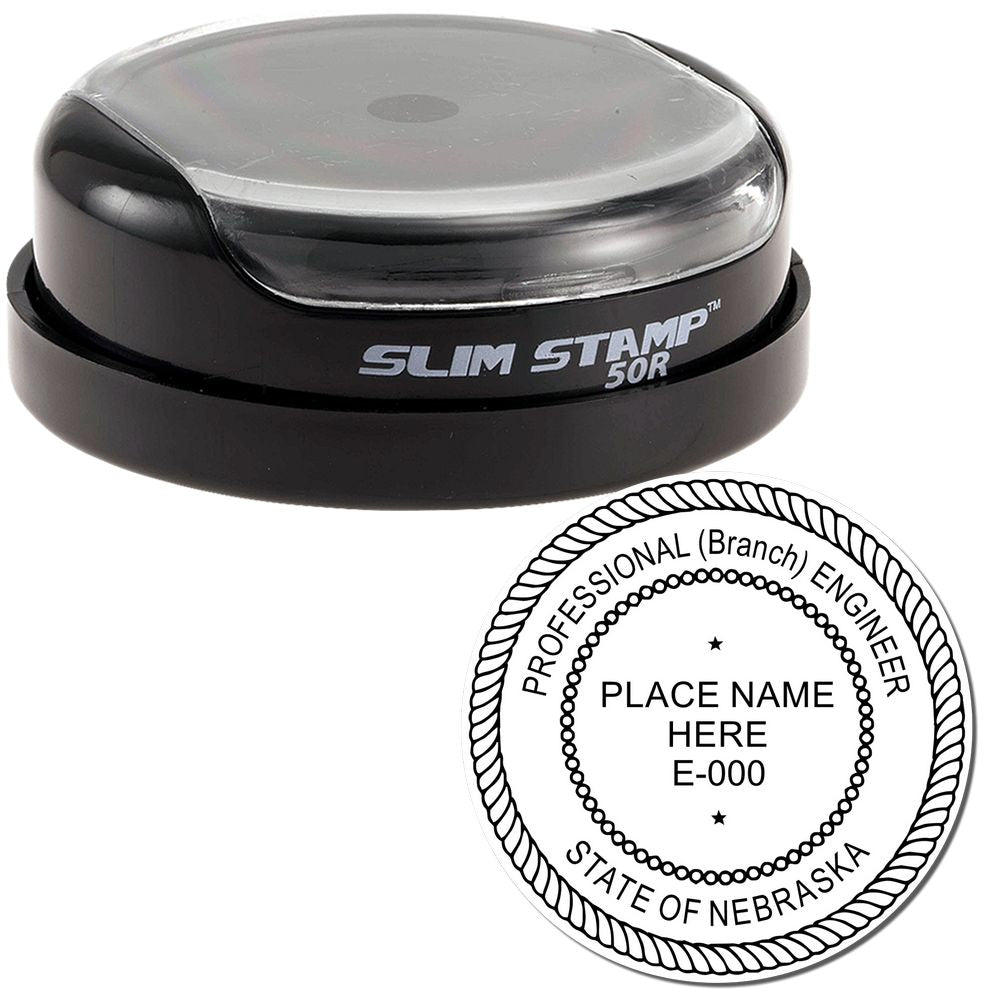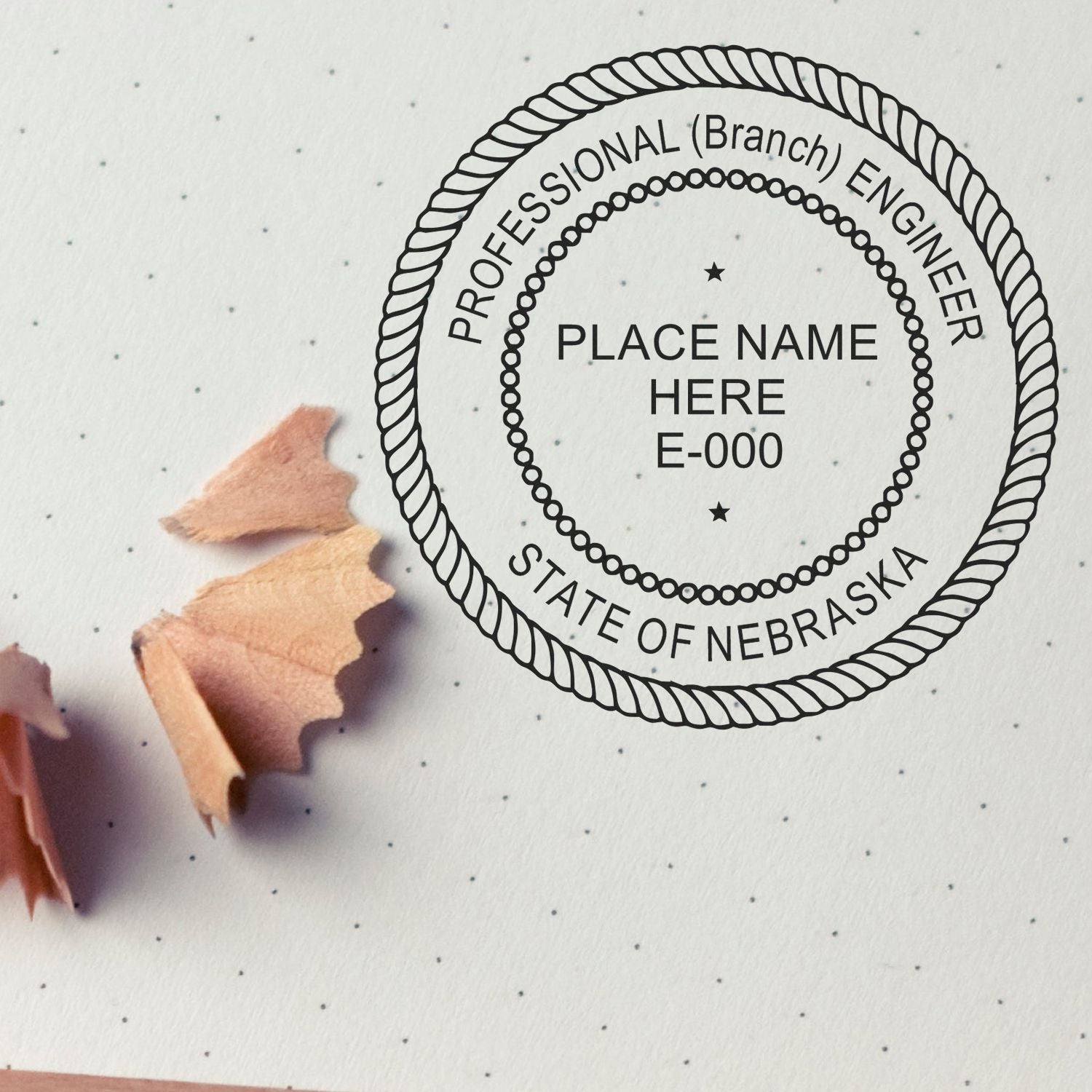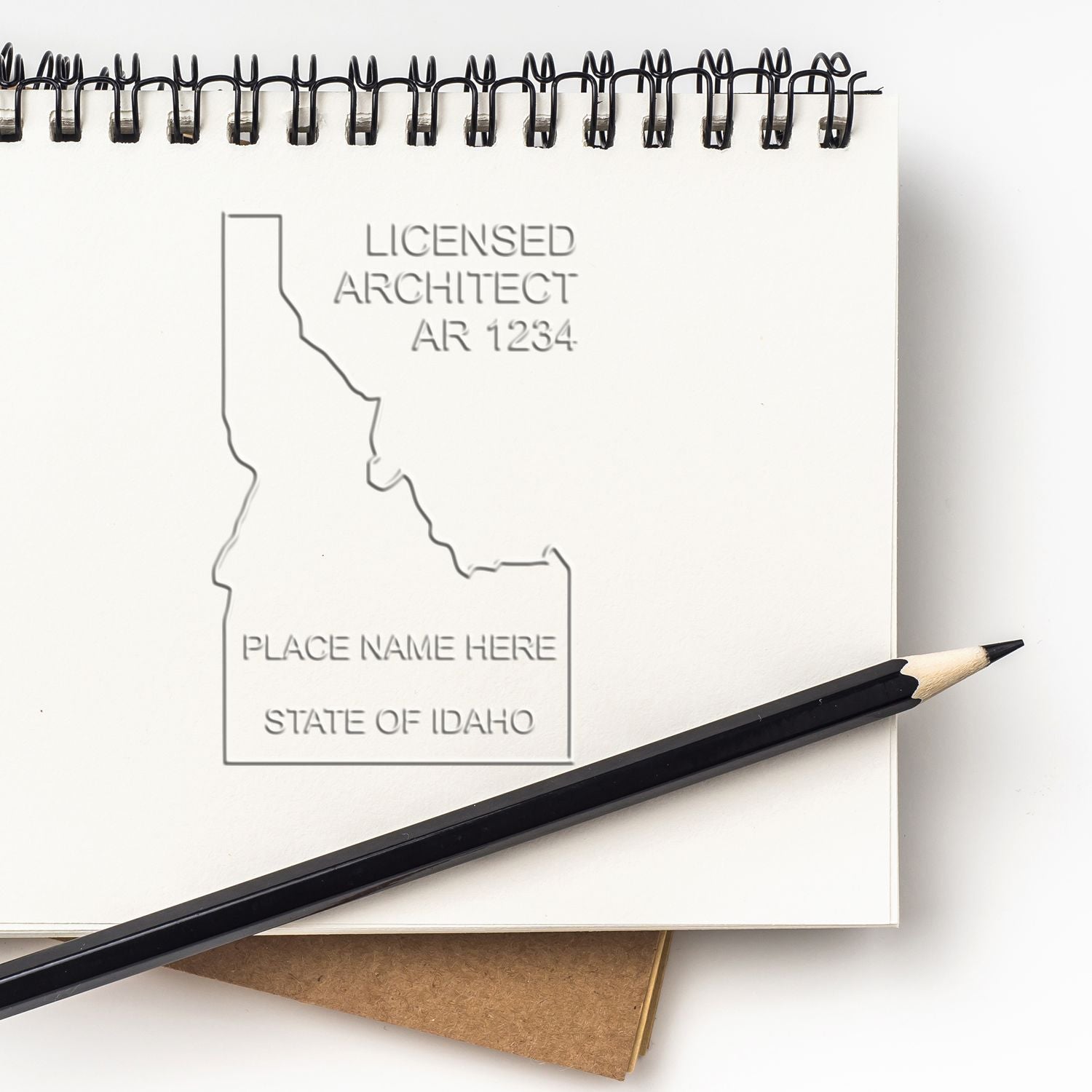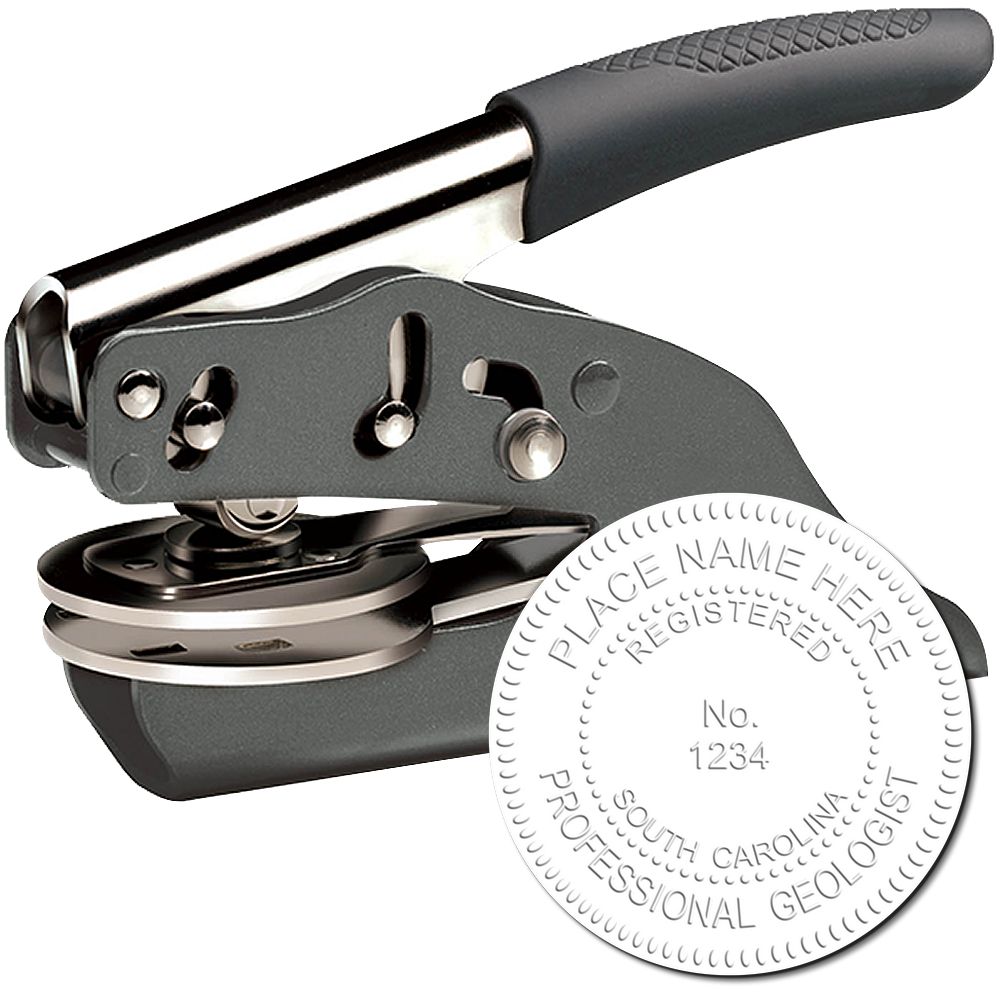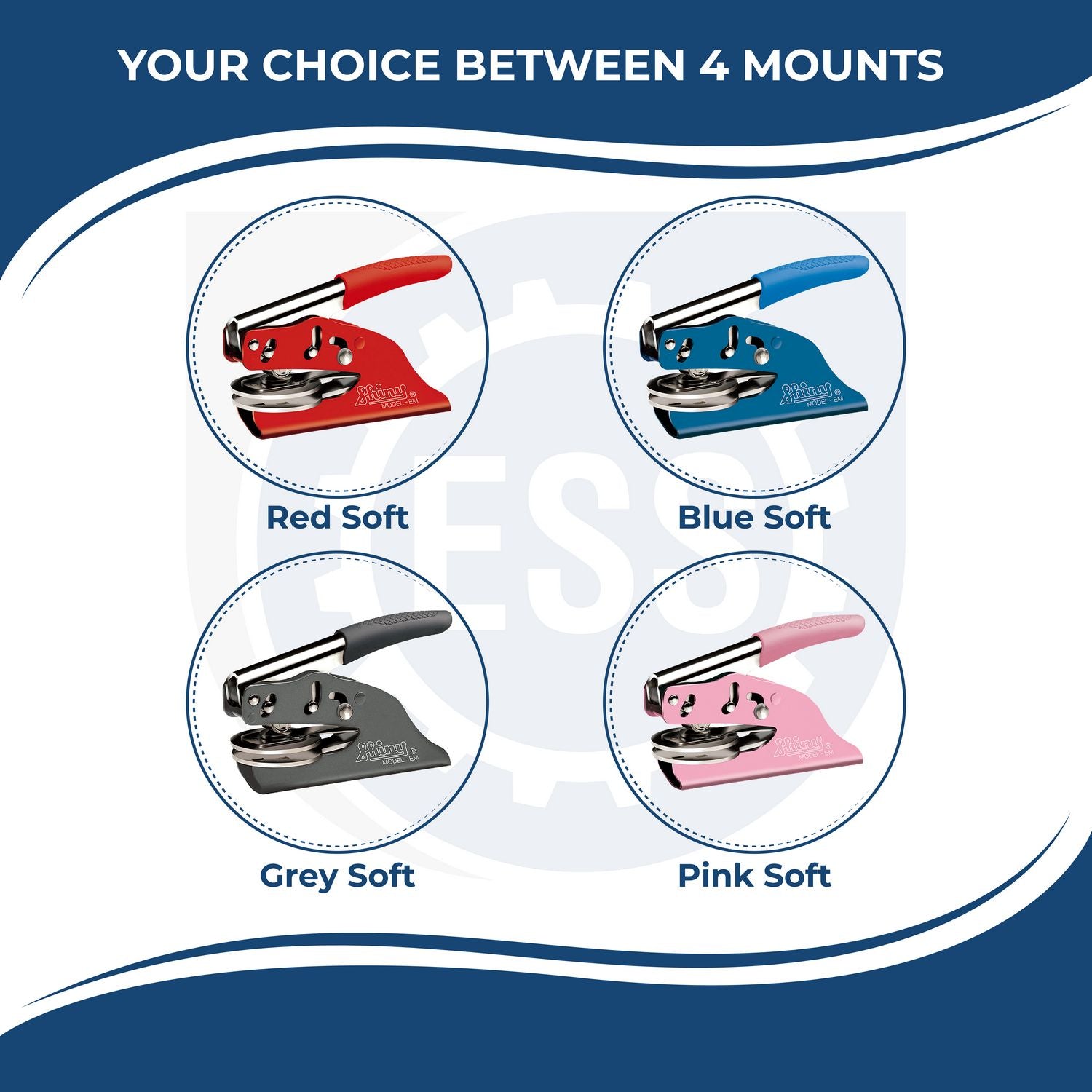Understanding Landscape Architect Stamps
In the world of landscape architecture, a landscape architect stamp serves as a mark of authority and authenticity. This section delves into the importance of these stamps and the legal requirements surrounding them.
The Importance of Landscape Architect Stamps
Landscape architect stamps play a crucial role in the professional practice of landscape architecture. The stamp serves as a formal endorsement of the accuracy and compliance of the architectural plan with relevant standards and regulations. It's a testament to the professional competency of the landscape architect, reinforcing the trust placed in them by clients, collaborators, and regulatory bodies.
The landscape architect stamp is not merely a decorative mark. It carries significant legal weight, making it a necessary tool for any practicing landscape architect. Proper landscape architect stamp design ensures that the stamp is not only functional but also a reflection of the professionalism inherent in the world of landscape architecture.
Legal Requirements for Landscape Architect Stamps
The legal requirements for landscape architect stamps vary by state and region. However, a common requirement is for the stamp to clearly display the name of the landscape architect, their license number, and the state of licensure. The stamp design may also need to adhere to specific size and format guidelines. For more detailed information on these requirements, visit our article on landscape architect seal requirements.
In most jurisdictions, it's a legal requirement for all official landscape architectural documents, such as plans, drawings, and reports, to bear the landscape architect's stamp. Failing to comply with these regulations can result in legal consequences, including fines and license suspension. To avoid such scenarios, it's important to stay updated on the current landscape architect stamp regulations in your area.
In conclusion, understanding the importance of landscape architect stamps and the legal requirements that govern their use is crucial for anyone in the field of landscape architecture. Ensuring that your landscape architect stamp design is compliant with the law while adequately representing your professional identity is key to successful practice.
Mastering Landscape Architect Stamp Design
Creating an effective landscape architect stamp design involves understanding both the functional and aesthetic elements that contribute to a professional and compliant seal. This section will delve into the basic elements of stamp design, the artistic considerations, and technical aspects.
Basic Elements of Stamp Design
The basic elements of a landscape architect stamp design include the professional's name, license number, and the state of licensure. These elements are legally required and serve to identify the professional and validate their credentials.
| Element | Description |
|---|---|
| Professional's Name | The full legal name of the licensed landscape architect |
| License Number | The professional's unique license number issued by the state |
| State of Licensure | The state in which the professional is licensed to practice |
It's important to refer to the specific landscape architect seal requirements in your state for detailed information on the mandatory elements for your stamp design.
Artistic Considerations in Stamp Design
Beyond the basic elements, artistic considerations play a role in creating a visually appealing stamp. The font style, size, and layout of the information can impact the overall appearance of the stamp.
While the choice of font is a matter of personal preference, it's important that the text is clear and legible. The layout should ensure that all information is easily readable and well-spaced. A balanced and symmetrical design typically produces the most professional result.
Technical Aspects of Stamp Design
The technical aspects of the stamp design involve the physical dimensions and the choice between embossing or stamping. The size of the stamp can vary depending on the state regulations and the space available on the document. Check out our guide on landscape architect seal size for more information.
The choice between an embossed seal or a rubber stamp can depend on the document type and personal preference. An embossed seal creates a raised impression on the paper and can add a level of sophistication and formality. A rubber stamp, on the other hand, is often quicker and easier to use, especially for larger volumes of documents. You can learn more about the process of landscape architect stamp embossing in our detailed guide.
Mastering the design of a landscape architect stamp involves a combination of meeting legal requirements, ensuring readability, and creating an aesthetically pleasing design. By understanding and applying these principles, you can create a professional and compliant landscape architect stamp.
Process of Creating a Landscape Architect Stamp
Creating a landscape architect stamp involves several stages, from initial sketching to digital design, approval and testing, and finally, production and quality control. Let's delve into each of these stages to better understand the process behind landscape architect stamp design.
From Sketch to Digital Design
The first step in creating a landscape architect stamp is sketching a concept. This initial design should incorporate all the necessary elements required by law, and adhere to the landscape architect seal requirements.
Once the sketch is finalized, it's then transformed into a digital design. This conversion process typically involves the use of specialized software, allowing for precise measurements and adjustments. The digital design must comply with the landscape architect stamp regulations, and must be easily legible when stamped.
Approvals and Testing
After the digital design is complete, it must be approved by the relevant regulatory authority. This step ensures that the stamp meets all necessary regulations and guidelines, including the landscape architect seal guidelines.
Following approval, the stamp design undergoes testing. This involves stamping the design onto various materials to ensure that the imprint is clear and legible. Adjustments to the design may be made during this stage if necessary, to ensure the stamp leaves a high-quality impression.
Production and Quality Control
Once the stamp design has been approved and tested, it's ready to be produced. The production process often involves the use of engraving machines or 3D printing technology to ensure precision and accuracy.
In the case of embossed stamps, the landscape architect stamp embossing process requires careful execution to ensure the stamp creates a raised, tactile impression.
After the production process, each stamp goes through a rigorous quality control process. This process checks for any irregularities in the stamp's design or functionality. Stamps are also measured to ensure they meet the required landscape architect seal size.
By following these steps, one can create a high-quality landscape architect stamp that not only meets legal requirements but also serves as a professional signature, representing the work and reputation of the landscape architect.
Care and Maintenance of Your Landscape Architect Stamp
After investing time and effort in mastering landscape architect stamp design, it's crucial to ensure proper care and maintenance of your stamp. This helps to prolong its lifespan and maintain the quality of impressions. This section covers proper storage, regular cleaning practices, and guidelines on when to replace or refurbish your stamp.
Proper Storage
The first step in maintaining your landscape architect stamp is proper storage. Storing the stamp in the right conditions can significantly extend its lifespan and keep it in optimal condition.
- Store your stamp in a cool, dry place away from direct sunlight and heat sources. Exposure to heat or sunlight can cause the rubber on the stamp to harden or crack.
- Keep your stamp in a protective case when not in use. This helps to prevent dust accumulation and protect the stamp from accidental damage.
- Avoid storing your stamp with the impression surface in contact with other objects. This can cause the rubber to deform over time, affecting the quality of the impressions.
Regular Cleaning Practices
Regular cleaning is another vital aspect of stamp maintenance. Accumulated ink residues can affect the clarity of impressions and cause the stamp to function less effectively.
- Clean your stamp after every use by gently wiping the impression surface with a soft, lint-free cloth.
- For a more thorough cleaning, use a stamp cleaning solution. Apply the solution to the impression surface and gently clean with a soft brush. Rinely with warm water and let the stamp air dry before the next use.
- Avoid using harsh cleaning solutions or abrasive brushes as they can damage the stamp.
When to Replace or Refurbish Your Stamp
Despite your best maintenance efforts, your landscape architect stamp will eventually need to be replaced or refurbished. Here are some signs that it's time for a new stamp:
- The impressions are becoming faint or unclear, even after re-inking.
- The rubber on the stamp is worn out, cracked, or deformed.
- There are changes in legal requirements that necessitate a new stamp. Keep an eye on landscape architect stamp regulations to stay informed.
By taking care of your landscape architect stamp with the proper storage, regular cleaning, and timely replacement, you can ensure that it remains a reliable tool for your professional practice. Remember, the stamp doesn't just represent your work; it's a symbol of your professional reputation and adherence to landscape architect seal guidelines.
Frequently Asked Questions about Landscape Architect Stamps
Navigating the ins and outs of landscape architect stamp design can be challenging. Here, we address some of the most frequently asked questions to help clarify the essentials.
When is a Landscape Architect Stamp Required?
A landscape architect stamp is typically required when submitting professional drawings or plans to a client, a contractor, or a government agency. The stamp acts as a seal of approval, signifying that the designs comply with industry standards and have been prepared by a licensed landscape architect. The requirements for stamping might vary based on local laws and regulations. For specific details, you can refer to our article on landscape architect stamp regulations.
What Information Needs to Be on a Landscape Architect Stamp?
A landscape architect stamp generally includes specific information such as the name of the landscape architect, their license number, and the state where they are licensed. It may also include symbols or logos associated with the licensing body. The layout of this information can vary based on regional requirements. For additional information on what to include on a landscape architect stamp, please refer to our detailed guidelines on landscape architect seal requirements.
How Long Does a Landscape Architect Stamp Last?
The lifespan of a landscape architect stamp can vary based on several factors, including the quality of the stamp, frequency of use, and how well it's maintained. With proper care and storage, a quality stamp can last for several years. However, it's important to note that a stamp must be updated if there are any changes to the landscape architect's licensing status or if the stamp design standards change.
Regular cleaning and proper storage can help extend the life of your stamp. If you notice that the impression quality is degrading or if the stamp's information is no longer accurate, it might be time to replace or refurbish the stamp. For more information on maintaining and caring for your landscape architect stamp, you can refer to our article on landscape architect seal guidelines.
Knowing when and how to use your landscape architect stamp is an essential part of professional practice. By staying informed and following the appropriate guidelines, you can ensure your stamp is utilized effectively and accurately throughout your career.
About ESS
At Engineer Seal Stamps or ESS, industry. Our dedication to delivering stellar customer service is evident in our state board guarantee on all our top-quality products.
With years of experience in the industry, we have perfected the art of crafting high-quality seals and stamps that meet the needs of engineers, architects, surveyors, and other professionals. Whether you are looking for traditional embossing seals or modern self-inking stamps, we have you covered.
Our commitment to quality is reflected in every aspect of our business, from the materials we use to the state-of-the-art machines we employ in the manufacturing process. We understand the importance of precision and accuracy in your work, which is why we go the extra mile to ensure that all our products are of the highest quality. At ESS, we believe that our success is measured by the satisfaction of our customers and the trust they place in our products. That's why we always strive to provide excellent customer service, from answering queries to providing expert advice on the best products to suit your needs.
In summary, ESS is more than just a manufacturer of custom rubber stamps, professional seals, and notary stamps. We are a team of dedicated professionals committed to providing our customers with the highest quality products, along with exceptional customer service that exceeds their expectations.

